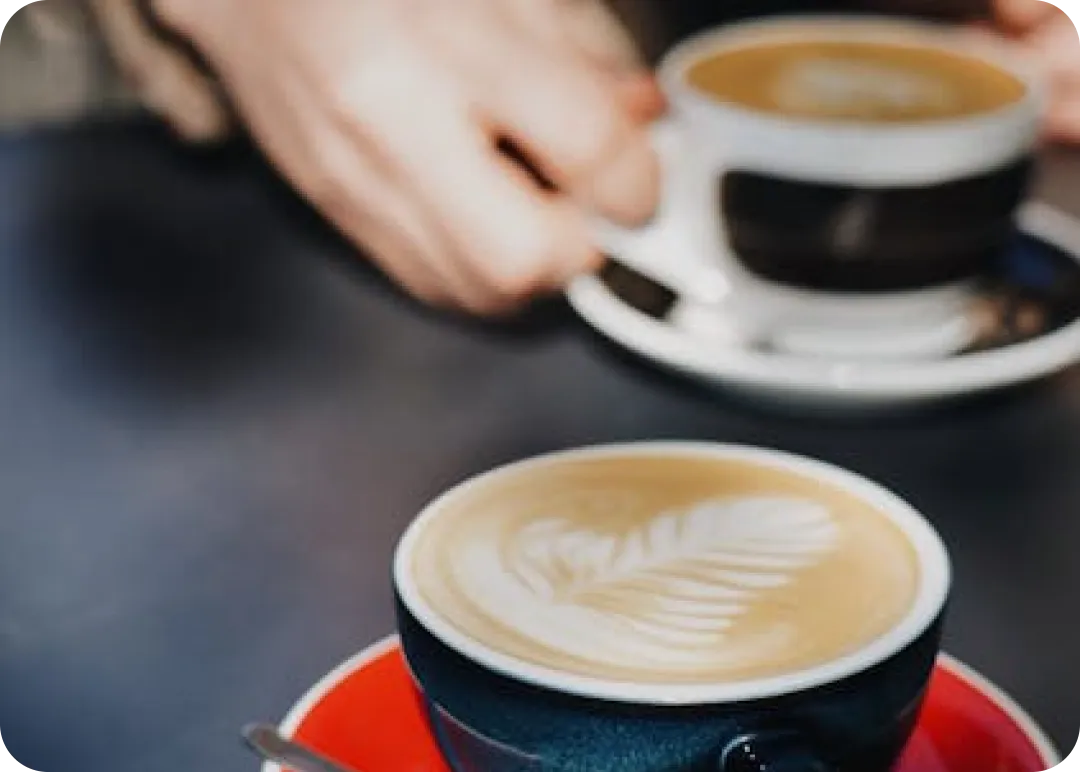Anime
Dragon Ball
Japan
Professional Wrestling
Sure, here’s the rewritten version with natural flow, appropriate keyword density of “Kuuga” (around 1.5–3.5%), and human-like tone using filler words and discourse markers where suitable:
So, let’s talk about Kuuga for a moment—yeah, that’s right, Kamen Rider Kuuga. Now, just to clarify, Kuuga isn’t a real person or someone you’d bump into on the streets of Tokyo. Nope, he’s actually a fictional character from Japan, part of the long-running and beloved Kamen Rider franchise. This whole series kicked off way back in 1971, introducing audiences to these masked heroes known as Kamen Riders, all dedicated to taking down evil forces. Fast forward to the year 2000, and that’s when Kuuga made his grand entrance, bringing a fresh vibe to the franchise.
Now, in the Kamen Rider Kuuga series, the guy behind the mask is actually Yusuke Godai—a young archaeologist with a curious mind and a strong sense of duty. One day, he stumbles upon this ancient artifact called the Arcle, which, surprise surprise, lets him transform into Kuuga. And once transformed? Well, let’s just say things get intense. Kuuga spends his time battling terrifying monsters known as the Grongi, who are basically hellbent on wreaking havoc on humanity. The show really stood out because of its gripping action scenes, layered storytelling, and deep character growth—something fans still rave about today.
Over time, Kuuga became more than just another hero—he evolved into an icon within Japanese pop culture. A lot of people consider him one of the best embodiments of what the Kamen Rider legacy stands for. His suit? Super distinctive—mostly red and silver, with these sleek, insect-inspired designs that give him a futuristic yet primal look. And then there’s his signature move, the “Mighty Kick,” which, combined with his acrobatic fighting style, makes every battle feel like a high-energy performance. Honestly, watching Kuuga in action is nothing short of mesmerizing.
And get this—his success didn’t just stop at one season. Kuuga actually helped reignite the entire Kamen Rider franchise, paving the way for countless sequels, spin-offs, and new generations of riders. That kind of impact? It’s rare. Even now, years later, fans across Japan and around the globe still hold Kuuga in high regard. For many, he’s not just a hero—he’s a symbol of the creativity and imagination that Japanese entertainment does so well. You could even say Kuuga laid the groundwork for everything that came after.
Now, if we dive a bit deeper into who Kuuga really is—not just as a fighter, but as a person—we might start wondering about his personality. I mean, based on how he acts throughout the series, it’s kind of fun to speculate. Of course, this is all theoretical, but some folks have suggested he might fit the ISTJ personality type in the MBTI system. Let’s break that down a little.
First off, the “I” stands for Introverted, and yeah, Kuuga definitely has that quiet, reflective side. He doesn’t go around broadcasting his feelings or seeking attention. In fact, he often seems to recharge by being alone, processing things internally. Then there’s the “S”—Sensing. Kuuga is super observant. He pays close attention to details, whether it’s tracking down clues about the Grongi or analyzing patterns in their attacks. That practical, hands-on awareness is classic Sensing behavior.
Next up, the “T” for Thinking. When tough decisions come up, Kuuga doesn’t let emotions cloud his judgment. He weighs the facts, thinks logically, and goes with what makes the most sense—even if it’s a hard call. That level-headedness is a big part of what makes him reliable. And finally, the “J” for Judging. Kuuga likes order. He plans ahead, sticks to his mission, and values responsibility. You won’t catch him winging it without a strategy. Structure? Discipline? Yeah, those are totally his thing.
So putting it all together, ISTJ feels like a solid guess. But hey, let’s be real—typing fictional characters is never set in stone. Different viewers might see different sides of Kuuga and come to other conclusions. So take this analysis with a grain of salt, more as food for thought than a final verdict.
Now, shifting gears a bit—what about Enneagram types? Again, this isn’t science, but there’s a pretty strong case for Kuuga being a Type 8: The Challenger. Think about it. He’s bold, fearless, and always steps up when danger hits. There’s this underlying drive in him to protect others, even at great personal risk. That fierce sense of justice? Totally aligns with the core motivations of a Type 8.
Plus, Kuuga’s independence is off the charts. He doesn’t wait for permission or rely on others to tell him what to do. He trusts his own instincts and prefers to handle things his way. That resistance to control? That need to stay autonomous? Classic Type 8 energy. He’s not trying to dominate others, but he sure as heck won’t be dominated himself.
And let’s not forget his resilience. No matter how beat up he gets—physically or emotionally—Kuuga keeps getting back up. Obstacles don’t stop him; they fuel him. That relentless determination? That refusal to back down? All signs point to someone who embodies strength not just in power, but in spirit.
So, wrapping it up—while we can’t say for certain, the evidence suggests Kuuga might very well be a Type 8. Between his assertiveness, protective instincts, self-reliance, and sheer grit, it’s a compelling fit. But again, this is all speculative. At the end of the day, Kuuga remains a complex character, shaped by myth, duty, and an unwavering will to do what’s right.
One thing’s for sure, though—whether you’re looking at his role in the franchise, his cultural impact, or his personality, Kuuga continues to stand tall as a legendary figure. And honestly? That’s exactly where he belongs.

